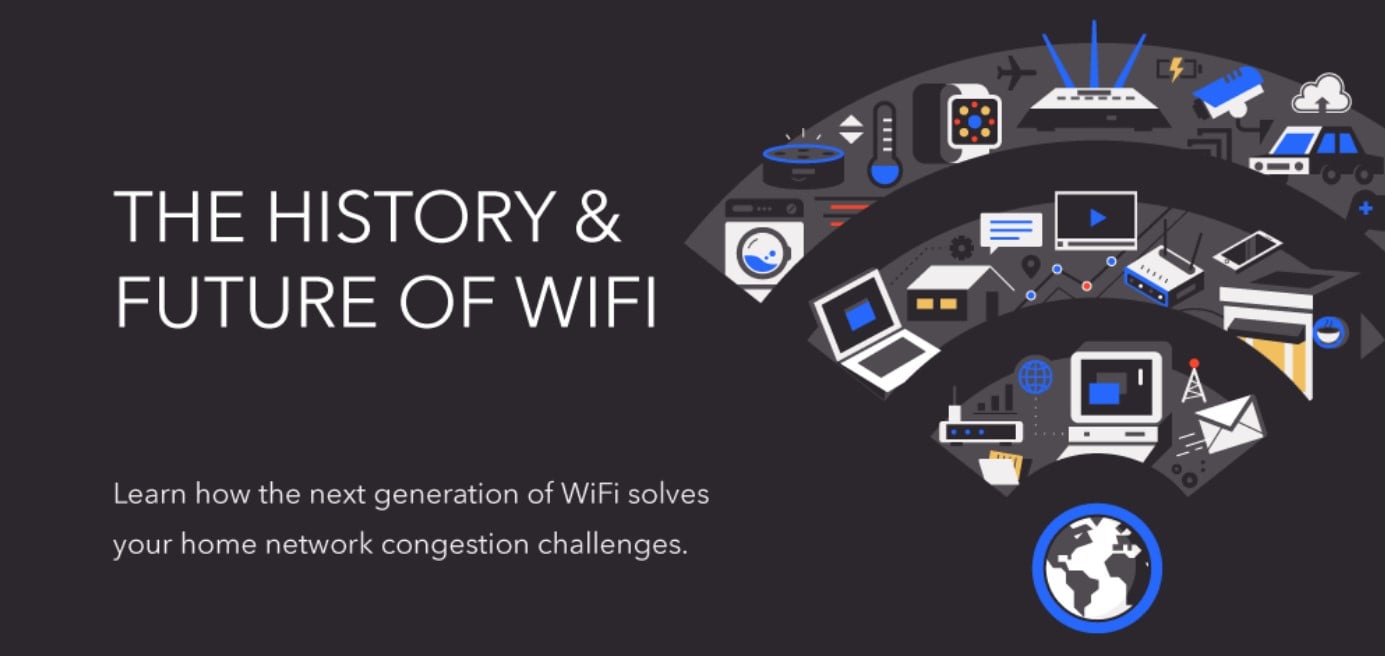The history of wifi and what wifi 5 vs 6 means for the future
In 1969, the first ever working prototype of the internet was designed. The Advanced Research Projects Agency Network, or ARPANET, was allowed multiple computers to communicate on a single network. Funded by the US Department of Defense, ARPANET would become a milestone in the history books for wireless connectivity – but this was far from the beginning.
Decades earlier, Nikola Tesla introduced an idea he called the “World Wireless System.” He described capabilities of instant communication “as perfectly as though we were face to face,” and devices so small and convenient and they could be “carried in a vest pocket.” It was in 1926 that Tesla theorized for a future of wireless communication, and unfortunately, one that would not be fully developed during his lifetime.
[REITs]Q1 hedge fund letters, conference, scoops etc
From Tesla’s predictions to ARPANET to the World Wide Web, the internet as we understand it today was created by Int Perf and Bob Kahn, DARPA scientists. Called Transmission Control Protocol and Internet Protocol, or better known by its acronym TCP/IP, ARPANET was grown from a single network to a network among networks in 1983. Just a few years later in 1990, computer scientist Tim Berners-Lee built a system of accessing data online via websites and hyperlinks and helped popularize the ease of usability and availability to the public.
Since then, and more specifically over the last two decades, WiFi speeds have grown 650x. The 1990s became known as one of the most important decades for compounding advancements. In 1993, AT&T installed the first large scale wireless network at Carnegie Mellon, and in 1997, the first IEEE 802.11 Standard was released, having been based on WaveLAN tech. In our more recent past, in 2017 the typical American household had five connected devices and was beginning to put pressure on the then state-of-the-art capabilities of WiFi 5.
Today, WiFi 6 is perfectly built and suited for at-home IoT devices in the most intuitive way possible. Though not much faster than WiFi 5, the real upgrade comes from its device volume capabilities and not slowing down from heavy traffic. Splitting each transmission to support multiple devices, preventing IoT from needlessly slowing down a network, and even helping prolong the battery life of connected devices, WiFi 6 is 4.6x faster than WiFi 5, even whilst maintaining a home full of IoT.
By 2020, we can expect more than 20 billion IoT devices operating worldwide – is your WiFi network ready? See this infographic for more on the history of connectivity, how each iteration of wireless connection improves on the last, and what we can learn from its past developments to look into the future.






